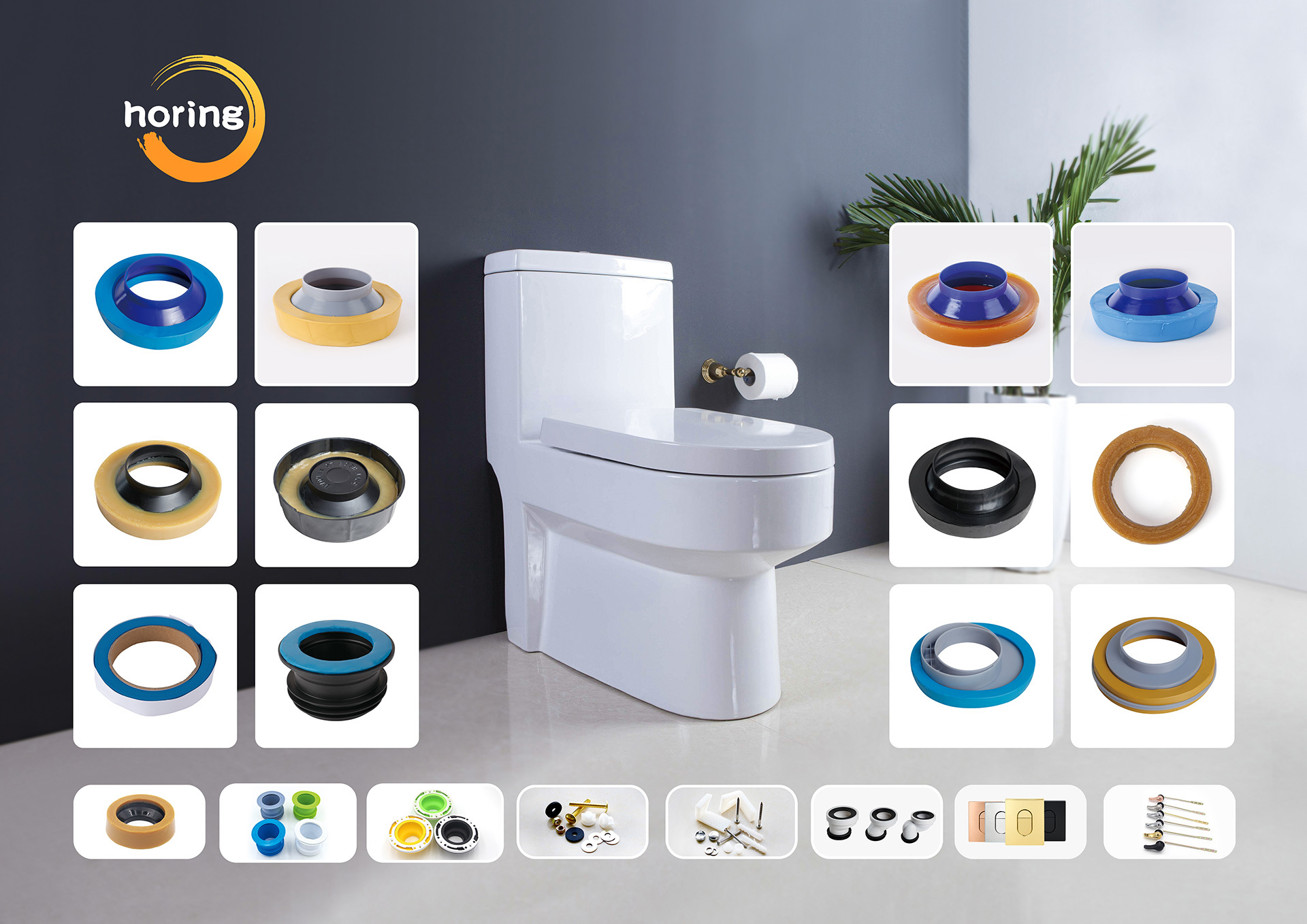Essential Guide to Selecting Rubber Gaskets for Toilets: The Ultimate Resource for Optimal Performance
Release Time:
Apr 27,2025
Source:
Essential Guide to Selecting Rubber Gaskets for Toilets
Table of Contents
- What Are Rubber Gaskets?
- Importance of Rubber Gaskets in Toilets
- Different Types of Rubber Gaskets for Toilets
- How to Select the Right Gasket for Your Toilet
- Key Factors to Consider When Choosing Rubber Gaskets
- Installation Guide for Rubber Gaskets
- Maintenance and Care for Rubber Gaskets
- Common Issues and Troubleshooting
- Conclusion
- Frequently Asked Questions (FAQs)
What Are Rubber Gaskets?
Rubber gaskets serve as essential components in plumbing systems. They create seals between different surfaces, preventing leaks and ensuring that the toilet operates efficiently. Made from various rubber materials, these gaskets are designed to withstand the specific conditions found in bathrooms, such as moisture and temperature fluctuations.
Importance of Rubber Gaskets in Toilets
The significance of rubber gaskets cannot be overstated. They play a crucial role in maintaining the integrity of the toilet's connections, preventing leaks that can lead to water wastage and costly repairs. **Choosing the right gasket** not only enhances the performance of the toilet but also contributes to the overall longevity of the plumbing system.
Different Types of Rubber Gaskets for Toilets
Toilets utilize various types of gaskets, each with unique properties suited for specific applications. Understanding these types is vital for making an informed selection.
Wax Gaskets
Wax gaskets are traditional sealing solutions commonly used in toilet installations. They consist of a wax material that molds itself to the shape of the flange and toilet base, creating a watertight seal. While effective, wax gaskets can be challenging to reposition once installed, making proper placement critical.
Rubber Gaskets
Rubber gaskets are increasingly popular due to their flexibility and ease of installation. They resist degradation from water and chemicals while maintaining a strong seal. Unlike wax gaskets, rubber gaskets can be adjusted after installation, offering a more forgiving option for DIY projects.
Foam Gaskets
Foam gaskets, made from a soft foam material, provide excellent flexibility and support. They conform well to uneven surfaces, making them suitable for older toilets where the flange may not be perfectly level. Their lightweight nature makes installation hassle-free.
How to Select the Right Gasket for Your Toilet
When selecting a rubber gasket for a toilet, it's essential to consider several factors to ensure optimal performance and efficiency.
Key Factors to Consider When Choosing Rubber Gaskets
Size and Dimensions
The size of the gasket is paramount. It must fit snugly between the toilet and the flange. Measure the diameter of the flange and the base of the toilet to find the right size. A poorly fitting gasket can lead to leaks, so accurate measurements are crucial.
Material Quality
Opt for high-quality rubber materials that can withstand moisture and temperature variations. Look for **EPDM (Ethylene Propylene Diene Monomer)** rubber, known for its durability and resistance to degradation.
Temperature and Pressure Resistance
Toilets experience varying pressures and temperatures. Ensure the selected gasket can handle these conditions without deforming or losing its sealing capabilities. Check product specifications for temperature ratings and pressure tolerances.
Installation Guide for Rubber Gaskets
Proper installation is key to ensuring that rubber gaskets perform effectively. Follow these steps for a successful installation:
1. **Turn Off the Water Supply**: Before beginning, ensure that the water supply to the toilet is turned off.
2. **Remove the Toilet**: Carefully detach the toilet from the floor by unscrewing the bolts and lifting it off the flange.
3. **Clean the Flange**: Thoroughly clean the flange area to remove any old gasket material, debris, or sealant.
4. **Position the Gasket**: Place the rubber gasket onto the flange, ensuring it is aligned correctly.
5. **Reinstall the Toilet**: Carefully lower the toilet onto the flange, ensuring the gasket is compressed evenly.
6. **Tighten Bolts**: Secure the toilet by tightening the bolts, but avoid over-tightening to prevent damage to the porcelain.
7. **Reconnect the Water Supply**: Turn the water supply back on and check for leaks.
Maintenance and Care for Rubber Gaskets
To maximize the lifespan of rubber gaskets, regular maintenance is essential. Here are some tips for care:
- **Inspect Regularly**: Periodically check for signs of wear, cracking, or leaks. Early detection can save time and money.
- **Clean Gasket Surfaces**: Keep the surfaces around the gasket clean to avoid any buildup that may affect the seal.
- **Replace When Necessary**: If leaks or degradation are noted, replace the gasket promptly to prevent further issues.
Common Issues and Troubleshooting
Even with the best gaskets, some problems may arise. Here are common issues and their solutions:
- **Leakage**: If leaks occur, ensure the gasket is seated correctly and not damaged. Reinstallation may be necessary.
- **Odor**: Foul odors may indicate a failing gasket. Inspect and replace it if necessary.
- **Unstable Toilet**: If the toilet rocks, recheck the installation and ensure the gasket is not worn out.
Conclusion
Selecting the right rubber gasket for toilets is more than just a matter of convenience; it's a crucial step in ensuring the efficiency and longevity of your plumbing system. By understanding the different types of gaskets available, considering important selection factors, and following proper installation and maintenance practices, you can create a reliable seal that keeps your toilet functioning optimally.
Frequently Asked Questions (FAQs)
1. What is the lifespan of a rubber gasket in a toilet?
The lifespan of a rubber gasket can vary but typically ranges between 5 to 10 years, depending on usage and environmental conditions.
2. Can I reuse a rubber gasket?
Generally, it is not recommended to reuse rubber gaskets, as they may lose their sealing properties after being compressed.
3. How do I know if my toilet gasket is leaking?
Signs of a leaking gasket include water pooling around the base of the toilet and visible wear or damage to the gasket itself.
4. Are rubber gaskets better than wax gaskets?
Rubber gaskets offer advantages such as easier installation, adjustability, and resistance to degradation compared to traditional wax gaskets.
5. Where can I buy high-quality rubber gaskets for toilets?
High-quality rubber gaskets can be purchased at home improvement stores, plumbing supply shops, or online retailers specializing in plumbing parts.
By following this essential guide, you can confidently select and maintain rubber gaskets for toilets, ensuring a leak-free and efficient toilet experience.
Related News



